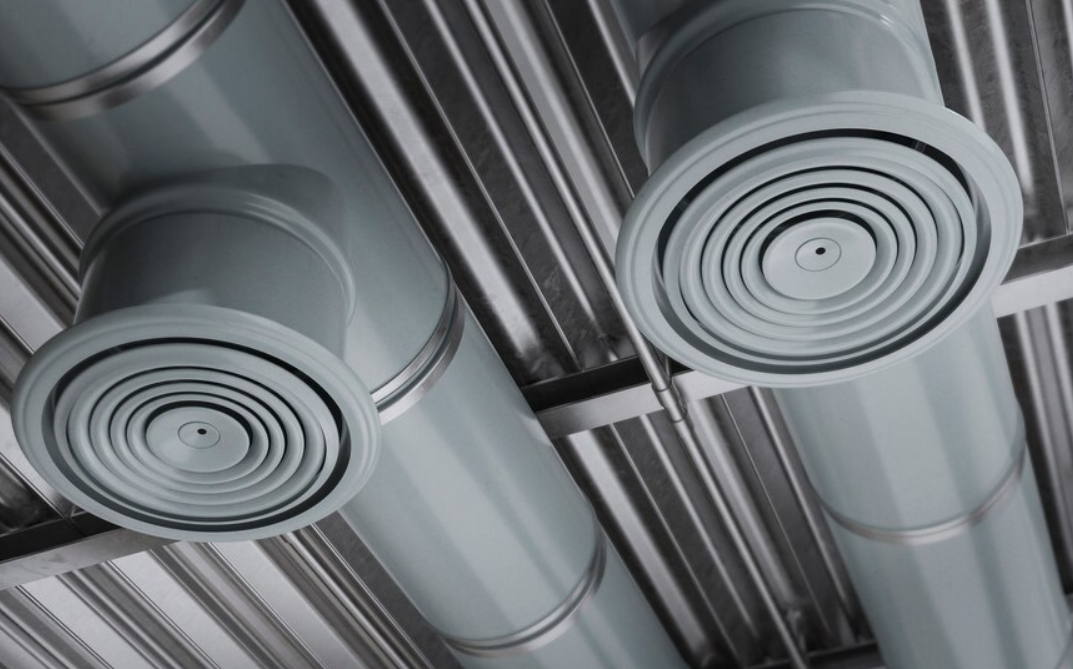RoofCont provides expert roofing, siding and contractor services, specializing in installations, repairs, and replacements for residential and commercial properties.
RoofCont provides expert roofing, siding and contractor services, specializing in installations, repairs, and replacements for residential and commercial properties.

The question of where rainwater drains from flat roofs remains unanswered for many buildings. Flat roofs possess no natural slope so they require unique water drainage systems for effective water removal. Flat roof drains serve as the essential system to remove water from flat roof surfaces. A flat roof drain functions as an essential system to divert water away from roofs which safeguards buildings from damage. Proper installation of flat roof drains prevents rainwater accumulation that leads to leaks together with mold development and roof collapse. This essay will discuss flat roof drains by describing their functionality and vital importance as well as their structure.
The flat roof drain functions as a drainage system used to clear water accumulation from flat roofing structures. Flat roofs require water drainage to function because their flat design does not allow water to naturally drain as sloped roofs do. Such drains situated on flat roofs function by gathering rainwater before sending it through pipes which protect the roof from moisture and maintenance hazards.
Visualize a large vessel that holds water for consideration. Water remains inactive inside a drain when it lacks proper drainage activities. Flat roofs without drain systems will experience the same problems as an untreated bowl. The flat roof drain functions as a straw to extract water before moving it to a safe location.

A flat roof drain is important because it helps keep buildings strong and safe. Here’s why every flat roof needs a good drainage system:
A flat roof drain works by collecting rainwater and moving it away from the building. Here’s how the system operates:
Without a flat roof drain, water would have nowhere to go and could damage the roof.
There are different types of flat roof drains, each designed for specific needs.
Each type of flat roof drain plays an important role in keeping the roof safe from water damage.
Even though flat roof drains are useful, they can sometimes have problems. Here are some common issues:
Regular maintenance can help prevent these problems.
Taking care of a roof drain is important for keeping it working well. Here are some simple maintenance tips:
A clean and well-maintained roof drain will last longer and work better.
If a drain gets clogged, here are some ways to fix it:
Fixing clogs quickly prevents bigger problems like leaks and roof damage.

Not all flat roof drains are the same. Choosing the right one depends on different factors:
Picking the right roof drain ensures that water flows properly and the roof stays safe.
Technology is improving flat roof drains, making them even better. Here are some future trends:
As buildings become smarter, flat roof drains will continue to evolve.
A flat roof drain represents an essential small element in building design. Flat roof drain assists in water removal operations and protects roof structures from harm. A roof drain serves to prevent water accumulation which would otherwise result in serious structural damage.
Regular maintenance efforts to clean and inspect flat roof drains will guarantee their extended operational life span. A structure needs a properly functioning flat roof drain to stay protected regardless of whether it is a house business establishment or a large building.
Deprecated: File Theme without comments.php is deprecated since version 3.0.0 with no alternative available. Please include a comments.php template in your theme. in /home/u737183660/domains/roofcont.com/public_html/blog/wp-includes/functions.php on line 6131